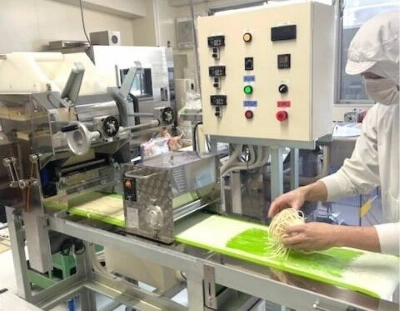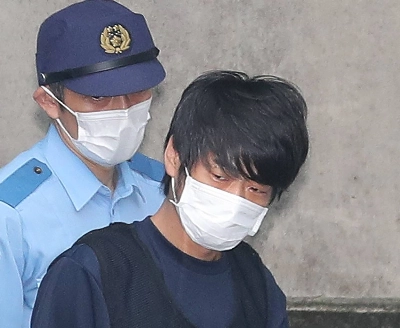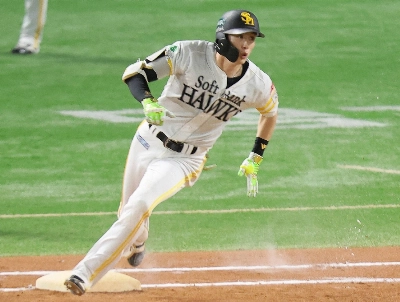HONOLULU -- The "Sayonara Summit" went well -- as expected. Prime Minister Junichiro Koizumi's last visit to the United States as prime minister -- a "summit-cum-road trip," with a 19-gun salute and visit to Graceland -- set a new standard for intimacy on the diplomatic circuit. It was a fitting farewell to a remarkable five years of U.S.-Japan relations and a well-earned reward for Koizumi.
Yes, Koizumi benefited from a decade of preparation. The evolution of Japanese security policy began in the aftermath of the Persian Gulf War and was nudged along by his predecessors as well as the administration of President Bill Clinton. But the friendship Koizumi built with Bush was instrumental and helped elevate the bilateral relationship to new heights. The "George-Jun relationship" will be the standard by which all others will be judged.
In the last five years, Japan has made unprecedented overseas deployments of its Self-Defense Forces to aid "Operation Enduring Freedom" and the reconstruction of Iraq. The Security Consultative Committee (also known as the 2-plus-2 Committee because members include the heads of the two governments' defense and diplomatic bureaucracies) produced common strategic objectives for the alliance and, against high odds, this year agreed on a plan to restructure and realign the two militaries. The two governments are cooperating closely on key issues, such as North Korea and Iran, despite some basic differences in outlook.

















With your current subscription plan you can comment on stories. However, before writing your first comment, please create a display name in the Profile section of your subscriber account page.